China
Sichuan: Mammals and Birds
Red Pandas, Pallas' Cats, speciality birds and much more
WildWings has been offering small group tours to Sichuan for a number of years with the emphasis being to find some of China’s most enigmatic species. We hope to see at least twenty rarely encountered mammals, including Red Panda, Pallas’s and Chinese Desert Cat, Asiatic, Hog and Chinese Ferret Badgers, Tibetan Fox, Tibetan Wolf, Golden Takin and Chinese Serow.
Although this is not a bird tour (and birding can be fairly slow at this time of year – the dates are chosen to maximise on the chances for the mammals), nevertheless, we should still see in excess of 150 species including a number of sought-after birds such as Blood Pheasant, Lady Amherst’s Pheasant, Black-necked Crane, Tawny Fish Owl and Guldenstadt’s Redstart.
Our trip will include both day and night-time outings, much of which will be from the comfort of 4×4 vehicles, and we plan to visit at least three very different areas over the course of the trip.
Tour Dates & Prices
Wed 8th October 2025
Wed 22nd October 2025
- Available
Tour Cost: 15 Days from £4995
What's Included?
-
WildWings Tour Leader (Sid Francis) and co-led by one of WildWings UK-based leaders subject to minimum numbers
-
12 nights accommodation in comfortable hotels.
-
All main meals and drinking water
-
All excursions, entry fees and permits
-
WildWings checklist of mammals and birds
Cost Excludes
International flights, visa fees, insurance, drinks, airport meals/snacks and other items of a personal nature.
Additional Information
Tour Highlights
- Late autumn mammal-focussed trip to Sichuan targeting some of the rarely encountered mammals of this region
- Look for Red Panda, Pallas's Cat, Hog Badger, Golden Takin and other speciality species
- Chances for some special birds including Black-necked Crane, Blood Pheasant and Tawny Fish Owl
- Small group trip with only seven participants
- Led by WildWings guide Sid Francis and co-led by a UK-based WildWings leader subject to minimum numbers
Outline Itinerary
-
Depart UK
-
Arrive Chengdu. Transfer to Labahe or our alternative Red Panda site
-
Explore Labahe
-
Transfer to Chengdu. Overnight in Chengdu or nearby
-
Transfer to Rouergai
-
Explore Rouergai
-
Transfer to Tangjiahe
-
Exploring Tangjiahe
-
Transfer to Chengdu
-
Depart in early hours for UK

We are delighted to announce plans for another small group (seven participants) tour to Sichuan to look for some of the special mammals and birds in this part of China. After several previously and highly successful WildWings trips, we plan to return again with the emphasis being to find some of China’s most enigmatic mammals, hopefully including Red Panda, Pallas’s and Chinese Desert Cat, Asiatic, Hog and Chinese Ferret Badgers, Tibetan Fox, Wolf, Golden Takin and Chinese Serow.
We hope to see in excess of 20 rarely encountered mammals on this tour and have previously been highly successful at finding these.
Whilst birding at this time of year can be fairly slow, nevertheless, we should see in excess of 150 species including sought-after birds such as Blood Pheasant, Lady Amherst’s Pheasant, Black-necked Crane, Tawny Fish Owl and Guldenstadt’s (White-throated) Redstart.
It is important to appreciate, however, that this is primarily a mammal tour and that we will not be spending a lot of time trying to track down ‘little brown jobs’, although we will try to accommodate the wishes of birders as far as possible.
Our trip will include both day and night-time outings, much of which will be from the comfort of 4×4 vehicles.
Key locations
Labahe
Our first location will be an upland forest reserve about four hours to the south-west of Chengdu where we will look for Red Pandas at around 2,500 metres above sea level. Our preferred reserve is Labahe, where we have had excellent multiple sightings of Red Pandas on previous tours and we will endeavour to arrive here by early evening on our first day in Sichuan. It is also a good site for birds including several species of pheasant. An alternative option is another reserve where Red Pandas are regularly encountered in fruiting trees at this time of year.
Rouergai
Rouergai lies on the edge of the Tibetan Plateau at around 3,300 metres and has become the place to see Pallas’s and Chinese Mountain Cats and Asiatic Badgers. The area is also superb for Tibetan Fox and we hope to see double figures of this charismatic species on several days. By visiting the area in late autumn, we also anticipate seeing good numbers of Tibetan (Himalayan) Wolf and Tibetan Gazelle, along with Plateau (Black-lipped) Pika and Woolly Hare and, if they have not already started hibernating, Himalayan Marmots. We can also expect Black-necked Crane and Guldenstadt’s Redstart in this area along with large numbers of birds of prey which feed on the abundant pikas and sometimes offer great photographic opportunities.
At nearby Baixi we will visit an area of upland forest to look for Chinese (White-maned) Serow, Siberian Roe Deer, Tufted Deer, Sika Deer and Gansu Pika. We also hope to see the spectacular Blue Eared-Pheasant and genuinely wild Common Pheasants, along with other good birds such as Guldenstadt’s (White-throated) Redstart, Giant Laughingthrush and Robin Accentor.
Tangjiahe
Our third site will be Tangjiahe which is at approximately 1,400 metres above sea level. Here we will look for Hog and Chinese Ferret Badgers, Masked Palm Civet and a wide variety of ungulates including (Golden) Takin, Chinese (White-maned) Serow, Chinese Goral, Tufted Deer, Reeve’s Muntjac and Wild Boar. Primates are represented by Tibetan and Rhesus Macaques and, if we are lucky, Golden Snub-nosed Monkey.
Other less-likely possibilities include Northern Leopard Cat, Asiatic Black Bear and Forest Musk Deer along with two species of squirrel. Likely birds include Golden Pheasant and hopefully Tawny Fish Owl.
NB: It is important to appreciate that access to reserves and other areas in China is constantly changing, eg as evidenced by the fact that wild Giant Pandas in Foping were only accessible for about four years before the reserve was closed again to foreigners. We believe, however, that Labahe, Rouergai and Tangjiahe currently offer some of the best mammal-watching in the Eastern Palearctic and should not be missed.
Potential Mammals (selected species only)
Tibetan Macaque, Golden Snub-nosed Monkey, ‘Tibetan’ Wolf, Red Fox, Tibetan Fox, Red Panda, Siberian Weasel, Mountain Weasel, Steppe Polecat, Asiatic Badger, Hog Badger, Chinese Ferret Badger, Masked (Himalayan) Palm Civet, Northern Leopard Cat, Chinese Mountain Cat, Pallas’s Cat, Wild Boar, Blue Sheep, Reeves’s Muntjac, Sika, Forest Musk Deer, Siberian Roe Deer, Tufted Deer, Red Deer (introduced), Sambar Deer, Chinese Serow, Common Goral, Golden Takin, Tibetan Gazelle, Swinhoe’s Striped Squirrel, Pere David’s Rock Squirrel, Pallas’s Squirrel, Red and White Flying Squirrel, Complex-toothed Flying Squirrel, Grey-headed Flying Squirrel, Parti-coloured Flying Squirrel, Northern Chinese Flying Squirrel, Woolly Hare, Plateau (Black-lipped) Pika, Confucian Niviventer, Chinese Water Myotis, Chinese Birch Mouse and Himalayan Rat.
Potential Birds (selected species only)
Mandarin Duck, Blue Eared-Pheasant, Blood Pheasant, Chinese Pond Heron, Lammergeier, Himalayan Griffon, Upland Buzzard, Himalayan Buzzard, Eastern Buzzard, Eastern Imperial Eagle, Mountain Hawk Eagle, Crested Goshawk, Black-necked Crane, Pallas’s GulI, Brown-headed Gull, Speckled Wood Pigeon, Snow Pigeon, Hill Pigeon, Oriental Turtle Dove, Eurasian Eagle Owl, Crested Kingfisher, Speckled Piculet, Crimson-breasted Woodpecker, Saker, Chinese Grey Shrike, Black Drongo, Red-billed Blue Magpie, Azure-winged Magpie, Spotted Nutcracker, Collared Crow, Sichuan Tit, Black-bibbed Tit, White-browed Tit, Rufous-vented Tit, Grey-crested Tit, Green-backed Tit, Yellow-browed Tit, Hume’s Ground Tit, Tibetan Lark, Brown-breasted Bulbul, Chinese Bulbul, Chestnut-headed Tesia, Black-browed Bushtit, White-browed Tit-Warbler, Crested Tit-Warbler, Buff-barred Warbler, Pallas’s Leaf Warbler, Sichuan Leaf Warbler, Ashy-throated Warbler, Streak-breasted Scimitar-Babbler, Rufous-capped Babbler, David’s Fulvetta, Plain Laughingthrush, Giant Laughingthrush, Black-faced Laughingthrush, Elliot’s Laughingthrush, Red-billed Leothrix, Chinese Fulvetta, Grey-hooded Fulvetta, Great Parrotbill, Brown Parrotbill, Vinous-throated Parrotbill, Fulvous Parrotbill, Stripe-throated Yuhina, White-collared Yuhina, Chestnut-vented Nuthatch, Przewalski’s Nuthatch, Hodgson’s Treecreeper, Bar-tailed Treecreeper, White-cheeked Starling, Kessler’s Thrush, Fujian Niltava, Himalayan Bluetail, Golden Bush-Robin, Little Forktail, White-crowned Forktail, White-throated Redstart, Blue-fronted Redstart, White-winged Redstart, White-capped Water-Redstart, Plumbeous Water-Redstart, Brown Dipper, White-rumped Snowfinch, Rufous-necked Snowfinch, Rufous-breasted Accentor, Robin Accentor, Rosy Pipit, Grey-headed Bullfinch, Plain Mountain Finch, Pink-rumped Rosefinch, Chinese White-browed Rosefinch, Oriental Greenfinch, Tibetan Siskin, Slaty Bunting and Godlewski’s Bunting.

Day 1: Depart UK for China
Day 2: Labahe
We should arrive in Chengdu in the early morning and plan to travel to either Labahe or an alternative site for Red Pandas. In recent years, the roads have greatly improved so we should arrive by early evening giving us time to unpack and explore the surrounding area. After dinner, we will have our first night drive. Night in Labahe.
Days 3-4: Labahe
Our main aim will be to find Red Pandas and, if good fortune is with us, hopefully we will be able to get close enough for nice photos.
Over the last few years, Giant Pandas have occasionally been seen on the hillsides in this area but it is very much a case of scanning and hoping that we might get lucky. This site is, however, excellent for Chinese Serow, Chinese Goral, Northern Leopard Cat, Red and White Giant Flying Squirrels and an impressive supporting cast of birds. Nights in Labahe.
Day 5: Transfer to Chengdu
We plan to offer a pre-dawn spotlighting session before we travel back to Chengdu. We will stop for birds and any mammals on route. Night in or near Chengdu.
Day 6: Transfer to Rouergai
This will primarily be a travel day but we will make short stops, primarily to look for birds, on the journey to Rouergai. We should arrive by early evening and we plan another optional night drive. Night in Rouergai.
Days 7-10: Exploring Rouergai area
This is the best location we visit for both Chinese Mountain and Pallas’s Cat, along with several other mammals such as Asian Badger, Tibetan Fox and Tibetan Wolf. The region is also home to good numbers of Black-lipped (Plateau) Pikas, along with a variety of mammals and birds which feed on them.
During our time in this area, we will hope to see Black-necked Cranes and also plan to visit nearby Baixi which is a great location for pheasants and undulates.
We generally spend a few hours night spotting for mammals each evening, although outside the comfort of our 4×4 vehicles, it can be fairly cold due to a combination of the altitude and it being late autumn. Nights in Rouergai.
Day 11: Travel from Rouergai to Tangjiahe
This is a fairly long journey but we plan to make several stops for birds and it is also our only chance for Grandala. On arrival, we will have time to have dinner and there will then be another night spotting excursion. Night in Tangjiahe.
Days 12-13: Tangjiahe
This area is the best location for Takin with early evening our best chance for seeing this species.
We also plan to spend a day looking for Golden Snub-nosed Monkey. We take a bus to the top of a nearby mountain and walk slowly down looking for these impressive primates. This is an excellent walk with other possibilities including Reeves’ Muntjac, Pere David’s Rock Squirrel and Sichuan Takin and a fantastic range of birds.
Each evening, we plan to spend a few hours spotlighting with our targets including Malayan Porcupine, Northern Hog Badger, Chinese Ferret Badger and Northern Leopard Cat. Nights in Tangjiahe.
Day 14: Transfer to Chengdu
We will have a final morning excursion before breakfast and then travel back to Chengdu.
Day 15: Depart China
Depending on flight times, we are likely to be departing in the early hours and arrive in the UK in the morning.

WHAT TO EXPECT
This is a small group (maximun of seven participants) mammal-focussed tour to Sichuan where our goal is to see the special animals of this region. Whilst we will not be ignoring the birds, these will not be our main priority and participants should understand that we will not be chasing a big list of “little brown jobs”.
Like most of our tours, there will be early starts and late finishes and we also plan to offer some nocturnal excursions to look for certain species. Except on travel days, all trips are optional but you are obviously encouraged to join them all.
Throughout our stay we plan to use a number of 3-star hotels which have comfortable rooms with western style ensuite bathrooms and toilets. Whilst most have wifi, it is not possible to access the full internet and some mail providers are blocked.
Meals will be planned around our daily activities and will not necessarily be at fixed times. If our activities are in the vicinity of the hotel, we will return for breakfast after an early morning excursion but when travelling further afield, we may take toasted sandwiches etc. Lunches will either be taken at the hotels, at restaurants when travelling between locations, or on some days when we are out of the field all day, we will have packed lunches. E vening meals will be taken at our hotel or a local restaurant. It is worth bringing a supply of cereal bars or other snacks to keep you going between meals.
Although most of our time will be at altitudes below 3,300 metres, we do cross some high passes at over 4,500 metres in transit between sites and as a result, the temperatures are likely to be highly variable especially around Rouergai on the edge of the Tibetan Plateau. This region can potentially be very cold at times so you need to bring winter birding clothing with you including a warm fleece and wind and rainproof outer jacket. Gloves are highly advisable.
We can, however, also expect to have some bright sunny days so a good sun block and hat are essential.
Sober coloured clothing and backpacks (ie greens and browns etc) are essential please and bright colours such as white, red and yellow should be avoided.
You should also bring sturdy walking shoes.
Good binoculars with a specification of at least 8×30 are essential and if you have a telescope and tripod this can be useful particularly around Rouergai. If you only have compact binoculars, this will adversely affect the quality of the views you get particularly when spotlighting.
WEATHER
The weather conditions during this tour are likely to be highly variable with relatively mild to cold conditions at Labahe and Tangjiahe and potentially colder conditions including the strong likelihood of some snow showers and sub-zero temperatures at dawn around Rouergai so warm winter clothing including gloves is essential, and it is worth bringing thermals as well, although it is quite likely that many days will be clear and sunny.
TRANSPORT
All road transport is in comfortable minivans or 4×4 vehicles and, on some occasions, we will use national park shuttle buses to visit areas closed to our vehicles. Luggage space is limited so soft holdalls rather than large hard suitcases are preferable.
Watching from vehicles when we are spotlighting is not always ideal or easy for group members and guides alike. We, therefore, ask your cooperation in rotating places in vehicles on the request of your tour leader or local guide.
Travelling between sites in China can at times be extremely frustrating. Although some journeys are quick and straight-forward, others can be slow and frustrating as a consequence of roadworks, traffic jams and delays caused by police checks on route. You should be prepared for some delays and frustration during the journeys.
In Tangjihae there are likely to be one or two longish walks and we can have some uphill walks at around 2,500 metres above sea level at Labahe. At Rouergai there will be some walking at around 3,500 metres.
VISAS
The visa requirements for China change regularly and we will send you the details you require. You will be required to apply for your visa from 3 months prior to departure. Our Ground Agent will supply the necessary documentation that gives a list of hotel bookings, an itinerary and an address that is used as the ‘inviting party.’
PHOTOGRAPHIC OPPORTUNITIES
These vary from trip to trip but can be excellent and we would expect to get close views of a number of species.
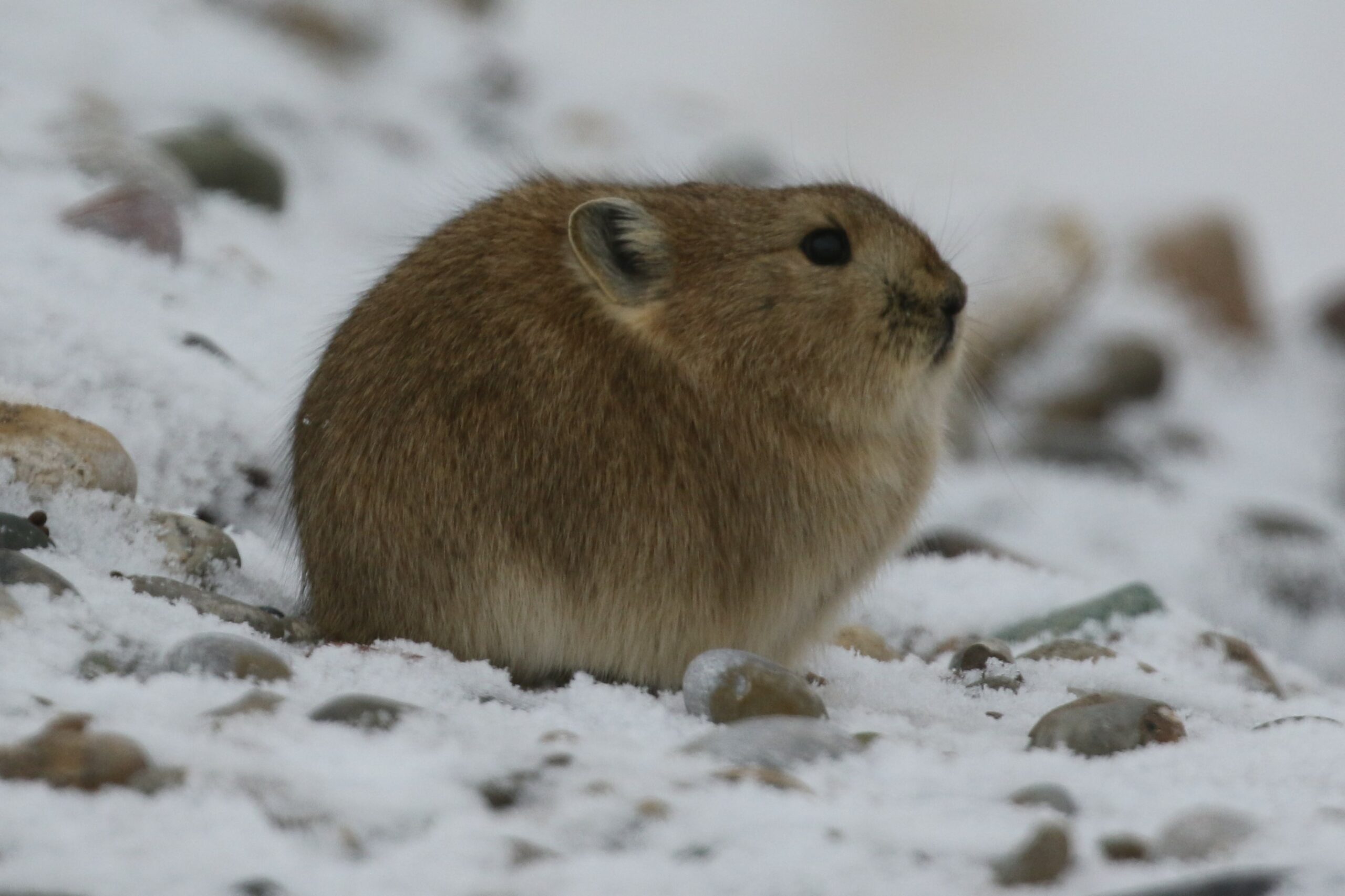
Tour Gallery
View a gallery of images for this tour below, click on an image to view as full size with caption

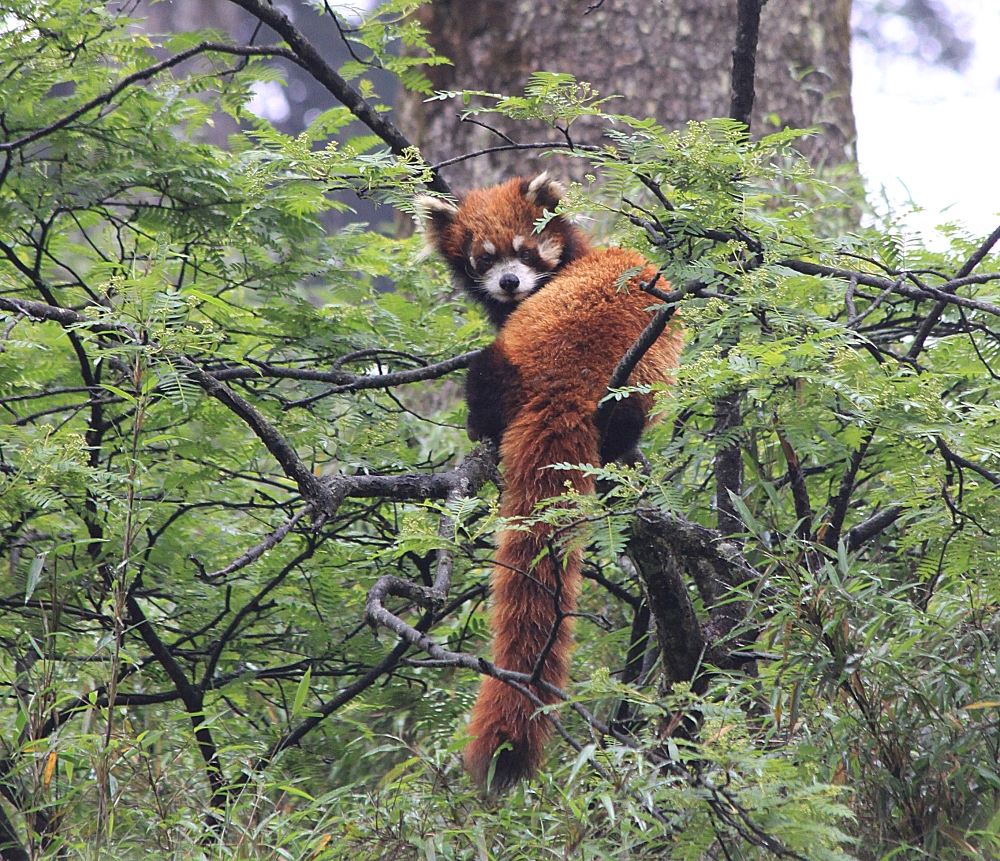













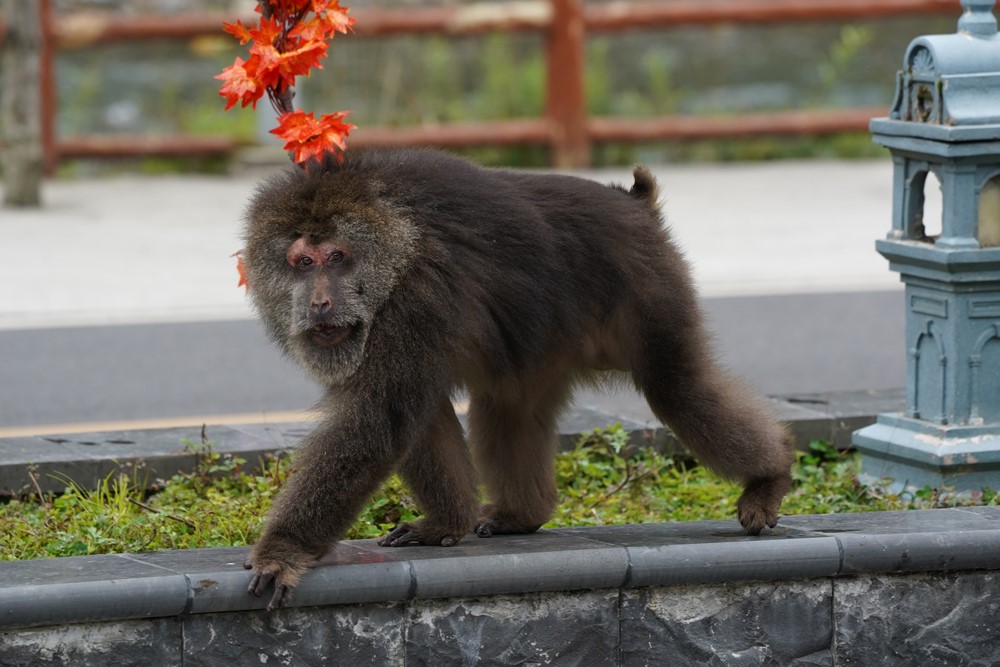








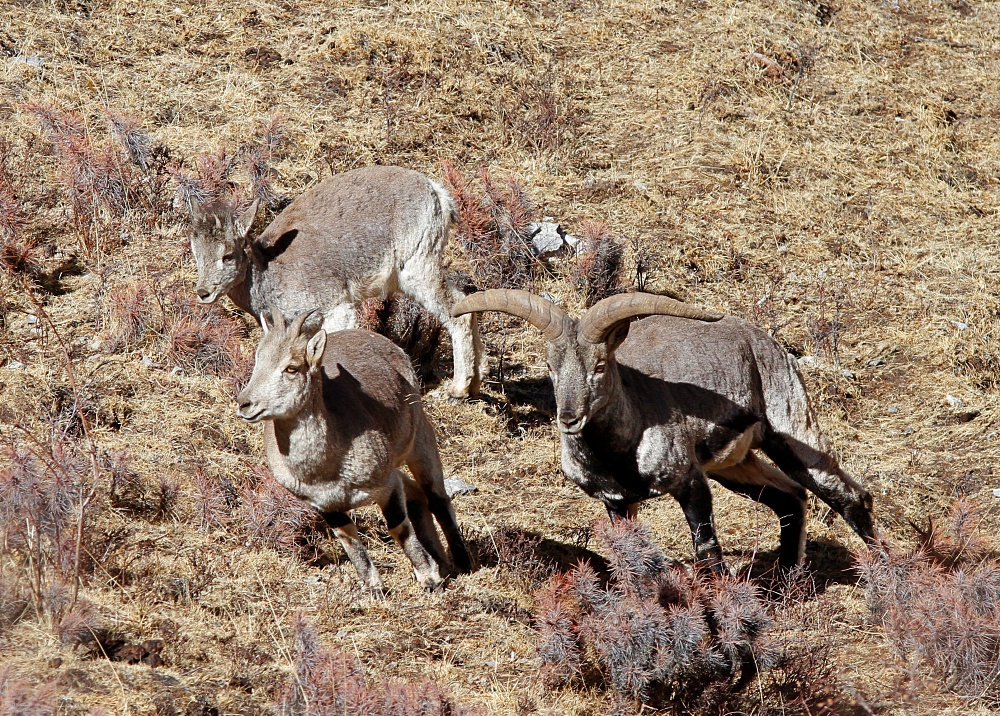


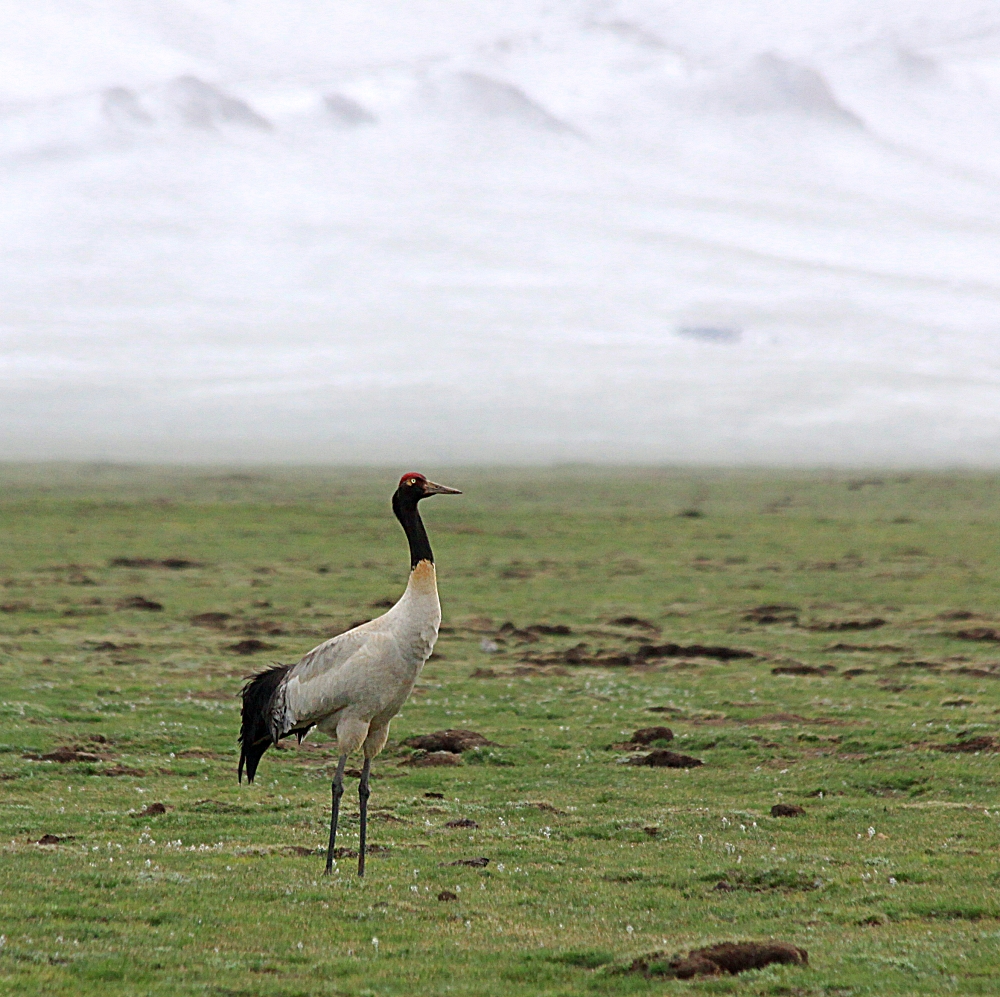


















































Ask About This Tour
If you have any questions about this tour, please enter your details here and we will get back to you as soon as possible.
Alternatively, contact us by email or phone. We look forward to hearing from you!
- 0117 965 8333
- [email protected]
Or complete the contact form and we will endeavour to get back to you as soon as possible.
* = required field


